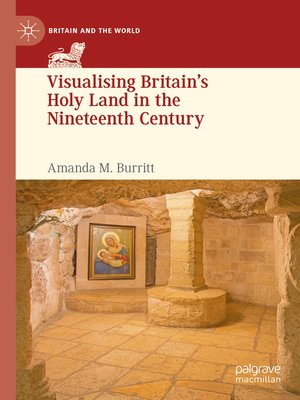Visualising Britain's Holy Land in the Nineteenth Century
ebook ∣ Britain and the World
By Amanda M. Burritt

Sign up to save your library
With an OverDrive account, you can save your favorite libraries for at-a-glance information about availability. Find out more about OverDrive accounts.
Find this title in Libby, the library reading app by OverDrive.



Search for a digital library with this title
Title found at these libraries:
| Library Name | Distance |
|---|---|
| Loading... |
This book demonstrates the complexity of nineteenth-century Britain's engagement with Palestine and its surrounds through the conceptual framing of the region as the Holy Land. British engagement with the region of the Near East in the nineteenth century was multi-faceted, and part of its complexity was exemplified in the powerful relationship between developing and diverse Protestant theologies, visual culture and imperial identity. Britain's Holy Land was visualised through pictorial representation which helped Christians to imagine the land in which familiar Bible stories took place. This book explores ways in which the geopolitical Holy Land was understood as embodying biblical land, biblical history and biblical typology. Through case studies of three British artists, David Roberts, David Wilkie and William Holman Hunt, this book provides a nuanced interpretation of some of the motivations, religious perspectives, attitudes and behaviours of British Protestants in their relationship with the Near East at the time.







